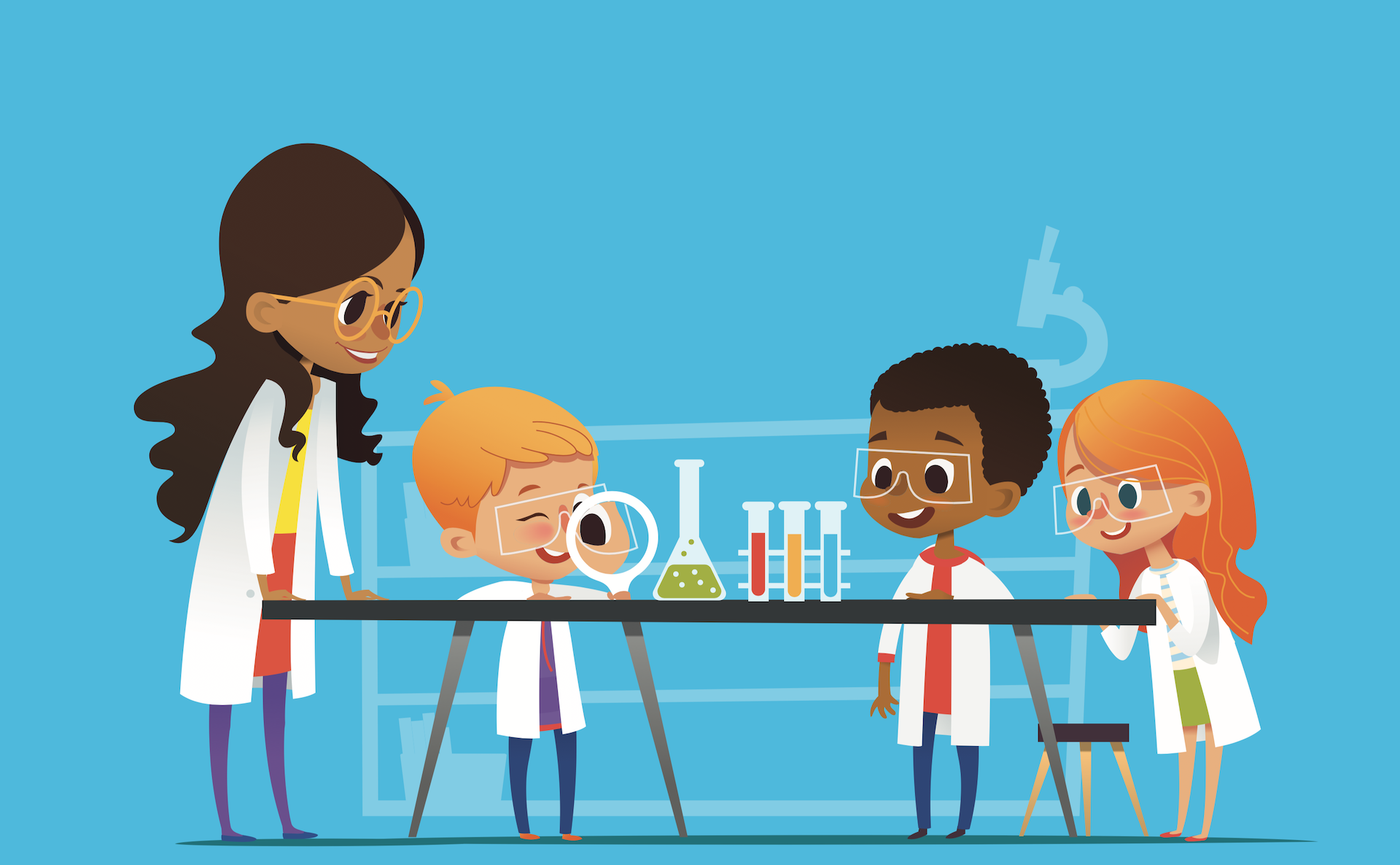Author: cheqdin
Published Date: November 29, 2018
Pre-schoolers look at the world with a wide-eyed wonder, making it equally inspiring for the teachers to bring in fun and exciting methods of learning into the classroom. Here are a few easy science experiments to kindle the children’s natural curiosity and gently lead them by their hand into the fantastic world of science.
1. Instant Ice Cream
This is one yummy science experiment that will go down an absolute treat with the kids (and psst…the teachers alike). You can have some fun getting the kids involved in whipping up a quick batch of this instant ice cream and demonstrate how salt lowers the freezing point of water and helps turn milk into ice cream sans the freezer ( all of course without going into a lecture on the details).
Things you will need:
Semi-skimmed milk – 300 ml
Caster sugar – 1 tablespoon
Vanilla Extract – ¼ teaspoon
Rock salt/Kosher salt (salt with big crystals) – 6 tablespoon
Sprinkles for topping
Ice – 1 kg
Medium zip-lock freezer bags –2
Large zip-lock freezer bag - 1
Sticky tape
How to go about it:
1. Pour the milk, sugar and vanilla extract into the medium zip-lock bags. Close the bags and seal them with sticky tape for an extra layer of protection. Put all the ice and salt into the large bag and place the smaller bags inside it and seal tight.
2. Take turns shaking the bag or keep passing it from one hand to the other to get the milk to freeze. Continue for 10-15 minutes. And voila! Your ice cream is ready to eat. Open the bags, scoop out the ice cream, add a dash of sprinkles and enjoy with your class. Slurp!
2. Shine the Pennies
Whoever would've thought, putting in a handful of dirty old tarnished coins into vinegar or lime juice (weak acid) and getting them out all nice and shiny could be a secret introductory lesson on oxidation and reduction.
Things you will need:
How to go about it:
Fill the bowl with water. Add the salt and vinegar to the water and mix well. Get the kids to drop the coins in the water and observe the bubbles coming up. Let them take half the coins, rinse them, dry them with the paper towels and leave the other half in to observe the difference. Check out Exploratorium’s cute illustration for other tweaks to add to the experiment.
3. Brown Apples
This is another little activity to further explore the concept of oxidation.
Things you will need:
Apple slices – 3
Orange segment -1
Orange juice
Plates -3
How to go about it:
Place one slice of apple on each plate. Pour orange juice on the first. Place an orange slice on top of the apple slice on the next. Leave the apple slice alone on the third. Wait for a couple of hours and observe which slice is the darkest and why.
4. Pumpkin Volcano
This is one of those popular experiments of a boring ol’ acid-base reaction (vinegar and baking soda in this case) that always brings on a few squeals of delight from the little ones.
Things you will need:
Small pumpkin – 1
Baking Soda
Vinegar
Washing up liquid
Food colour
Spoon
Tray
How to go about it:
Cut out the top of the pumpkin and scrape out some of the flesh and seeds from inside to make some room. Add a few spoons of baking soda, food colouring and a couple of drops of washing up liquid inside the pumpkin. Pour vinegar into a bowl. Let the kids pour out spoonfuls from it into the pumpkin and wait for the pumpkin volcano to erupt!


